Manitou Springs is more than just a quaint resort town and suburb a few miles west of Colorado Springs – it’s where “The Springs” got its name. The colorful town boasts eight free mineral water fountains, all naturally carbonated, around town that you can drink from.
The Native American tribes who inhabited this area for centuries believed that the mineral waters of Manitou Springs had medicinal effects. That belief was passed on to the first European residents of the Pikes Peak region.
The rich history of Manitou Springs’ water continues long after the first settlers arrived. City founder General William Jackson Palmer fulfilled his dreams of building a small resort town to take advantage of the healing waters.
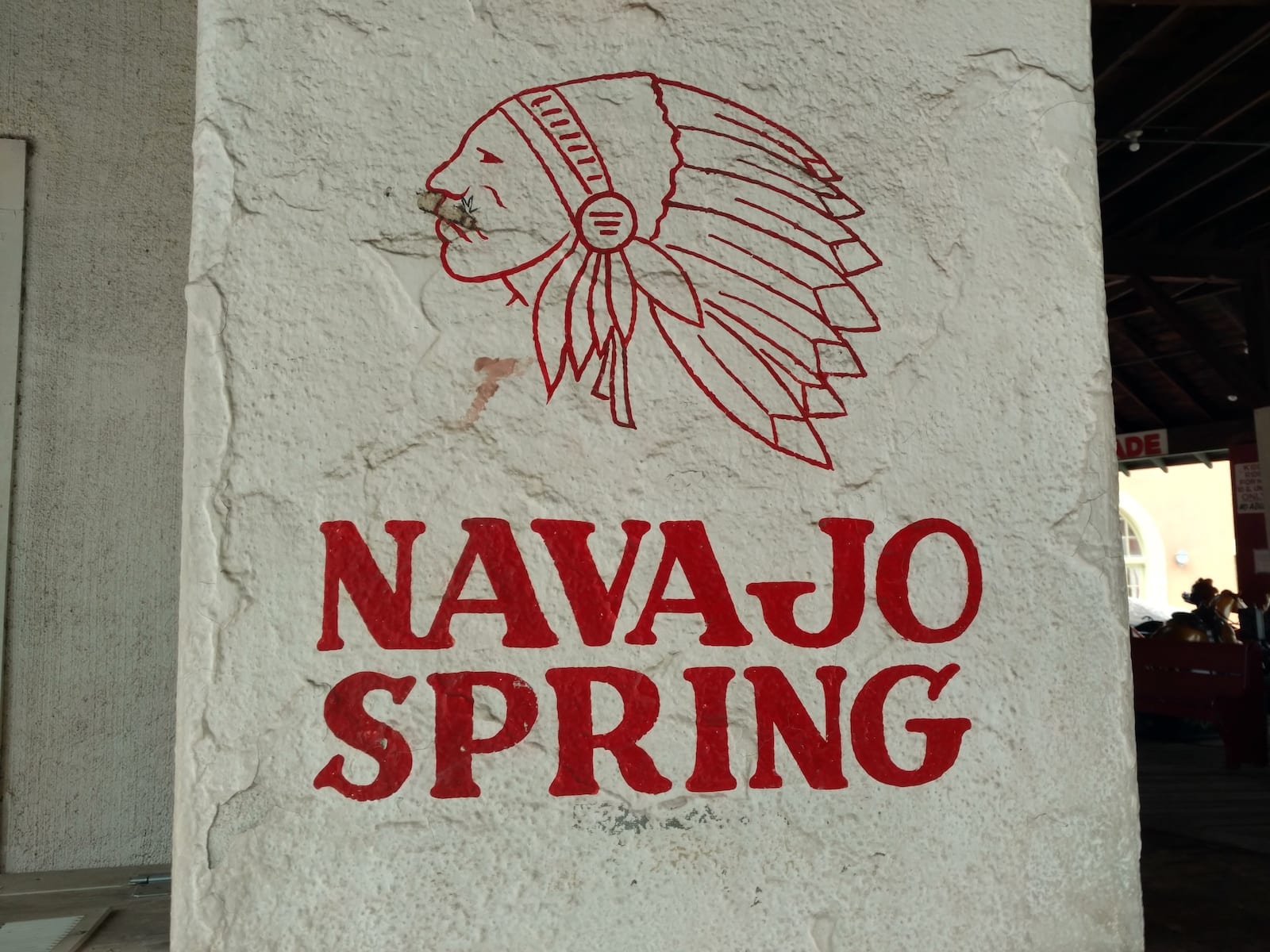
Soon Manitou became a hub for those who looking to recover from tuberculosis and other ailments. Businessmen such as Jerome B. Wheeler took advantage of the delicious waters and started the Manitou Mineral Water Company to share the taste with those as far away as New York.
Today, the naturally-carbonated mineral springs of Manitou are easily found on a self-guided walking tour of the town. They are a great way to learn more about the history of this little community. So stop by for a complimentary tour of its unique healing waters. If you’re looking for a fun, family-friendly activity for your visit to Manitou Springs, this historic walk is the taste of a lifetime.
Here are the free mineral water fountains to tour in Manitou Springs, CO:
1. Seven Minute Spring
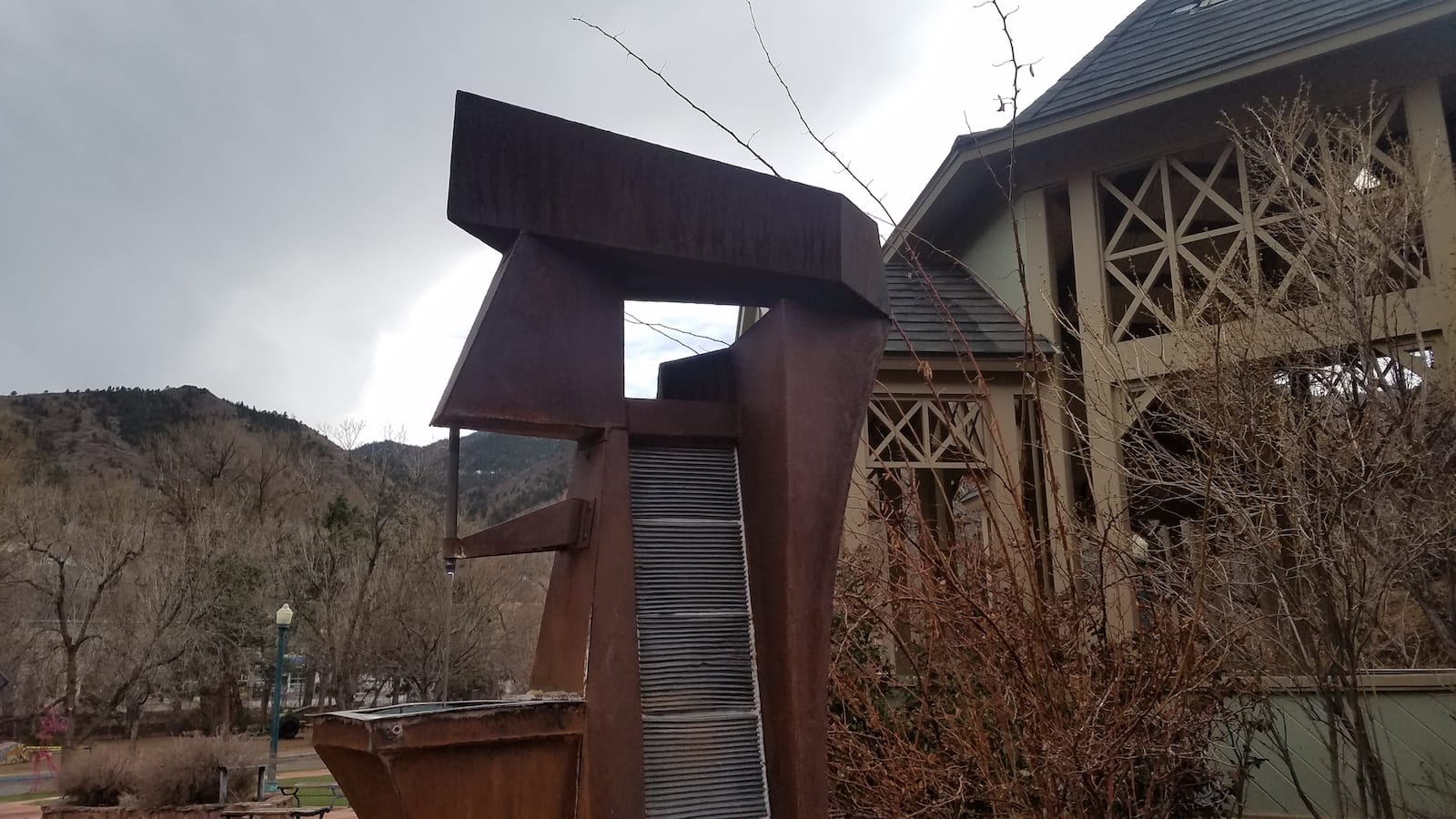
Start your walking tour at Seven Minute Spring, located just west of Sunwater Spa (the only hot springs in the Pikes Peak region) on El Paso Ave. Though the site is commemorated by a gazebo now, the spring was originally drilled in 1909 to uplift the look of the surrounding park, which was previously the site of a majestic resort.
Carbonation from this spring gave it its moniker, causing it to erupt every seven minutes exactly.
The spring was redrilled in the 1990s and again in 2014, but due to insufficient mineral water, it now flows with city water enriched with minerals. The fonts that decorate it are still a sight to see, designed by artists Bill Burgess (who also worked on Continuum in America the Beautiful Park) and Don Green.
The gazebo beside it is a prime place to find shade on hot days and enjoy refreshing sips from this mineral spring.
2. Shoshone Spring
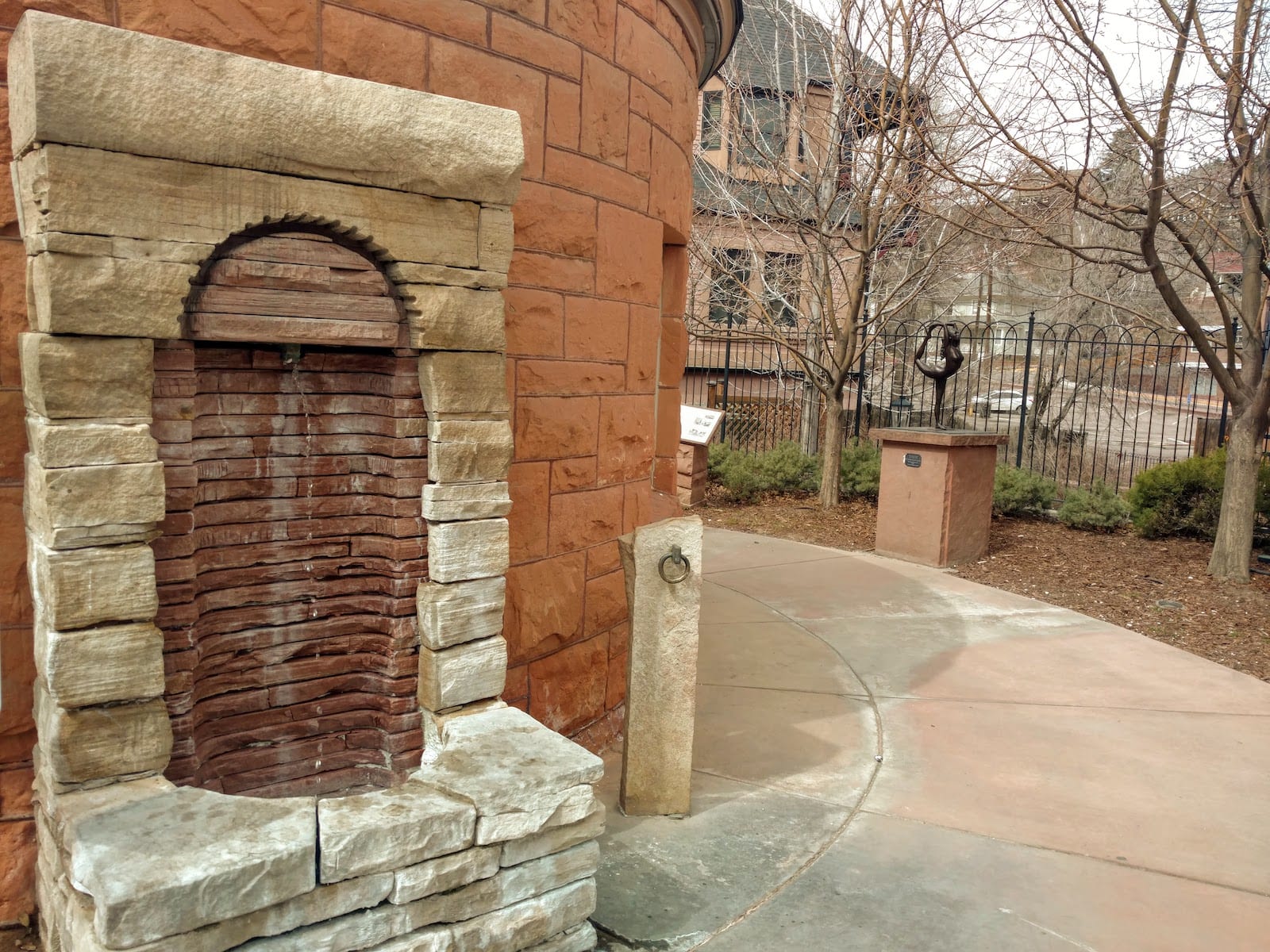
Head west on Manitou Avenue and you will find the second stop on your self-guided spring tour, Shoshone Spring.
Manitou Springs became a haven for those looking to improve their health in the late nineteenth century, and Shoshone Spring came highly recommended by early physicians for its high mineral content and curative powers. Of all of the springs that dot this tiny resort town, Shoshone has the highest content of essential minerals, which owes to its deep origins within the aquifer system.
In its long history, Shoshone Spring has been sheltered by three different structures. The latest of those, like Cheyenne Spring, is made of the Lyons sandstone sourced from Kenmuir Quarry, located in modern-day Red Rocks Open Space.
Artist Carl Reed made the font, which blends in beautifully with the building, to reflect the gorgeous architecture of this historic spring. Taste these health-giving waters and get your daily dose of calcium, manganese, and zinc filtered through nature’s greatest filtration system: solid rock.
3. Navajo Spring
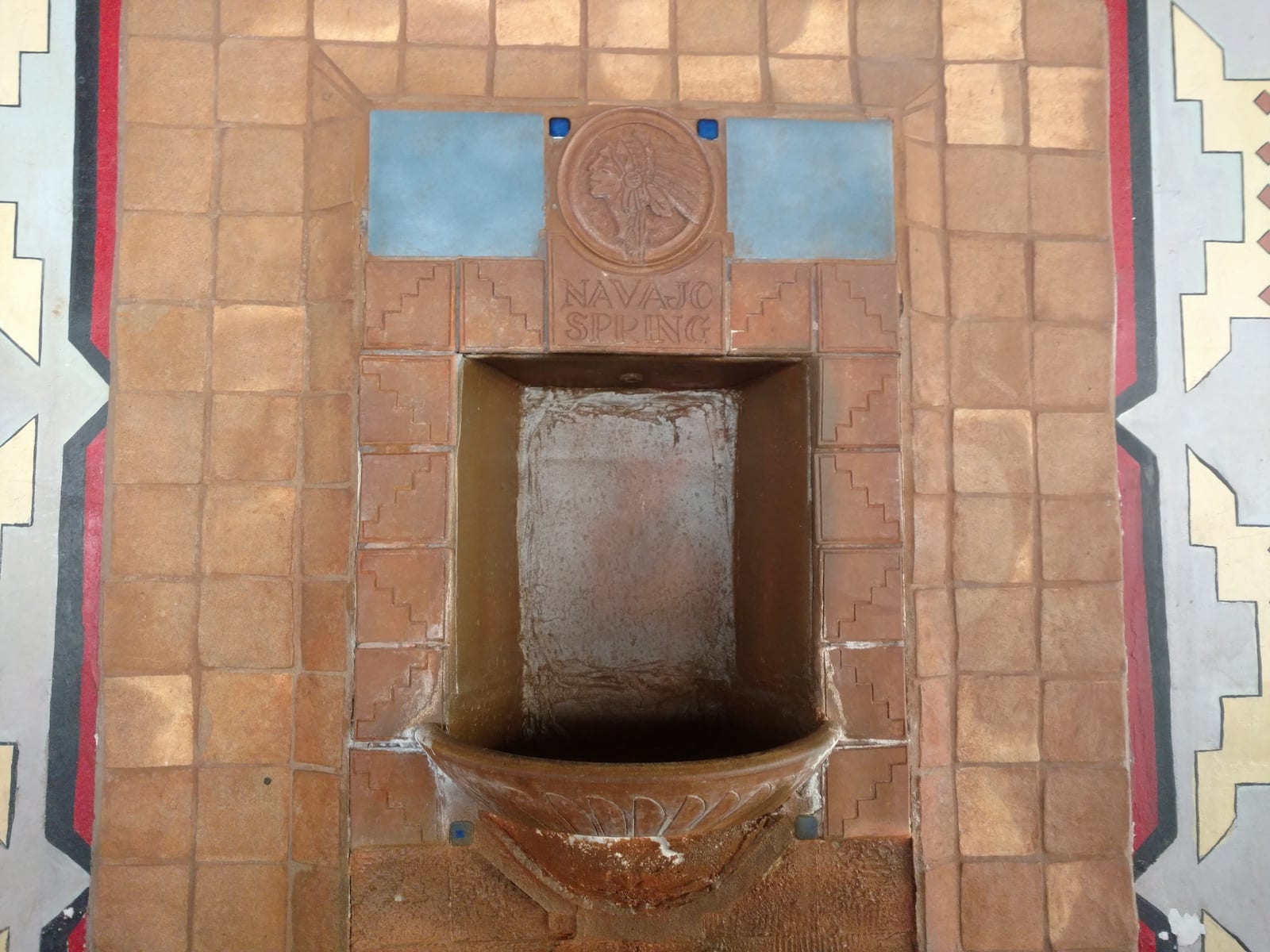
Just a few steps down the street you’ll find painted signs leading you toward your next mineral spring destination. Named for its long history with the Native American tribes of the region, along with Shoshone and Cheyenne fountains, Navajo Spring is now located beneath a popcorn and candy store.
It still provides sweet soda mineral water to all who stop by. In its early days, this centrally-located spring was a popular stop for health-seekers on walks about town.
This sweet-tasting water became so popular that it was used in beverages made by the Manitou Mineral Water Company, including their world-famous Manitou Ginger Champagne and other popular cola drinks.
Although the flow to the Navajo Spring has dried up considerably since those early days, if you catch this spring on a good day, you’ll be able to taste its delicious, mineral-rich flavor.
4. Cheyenne Spring
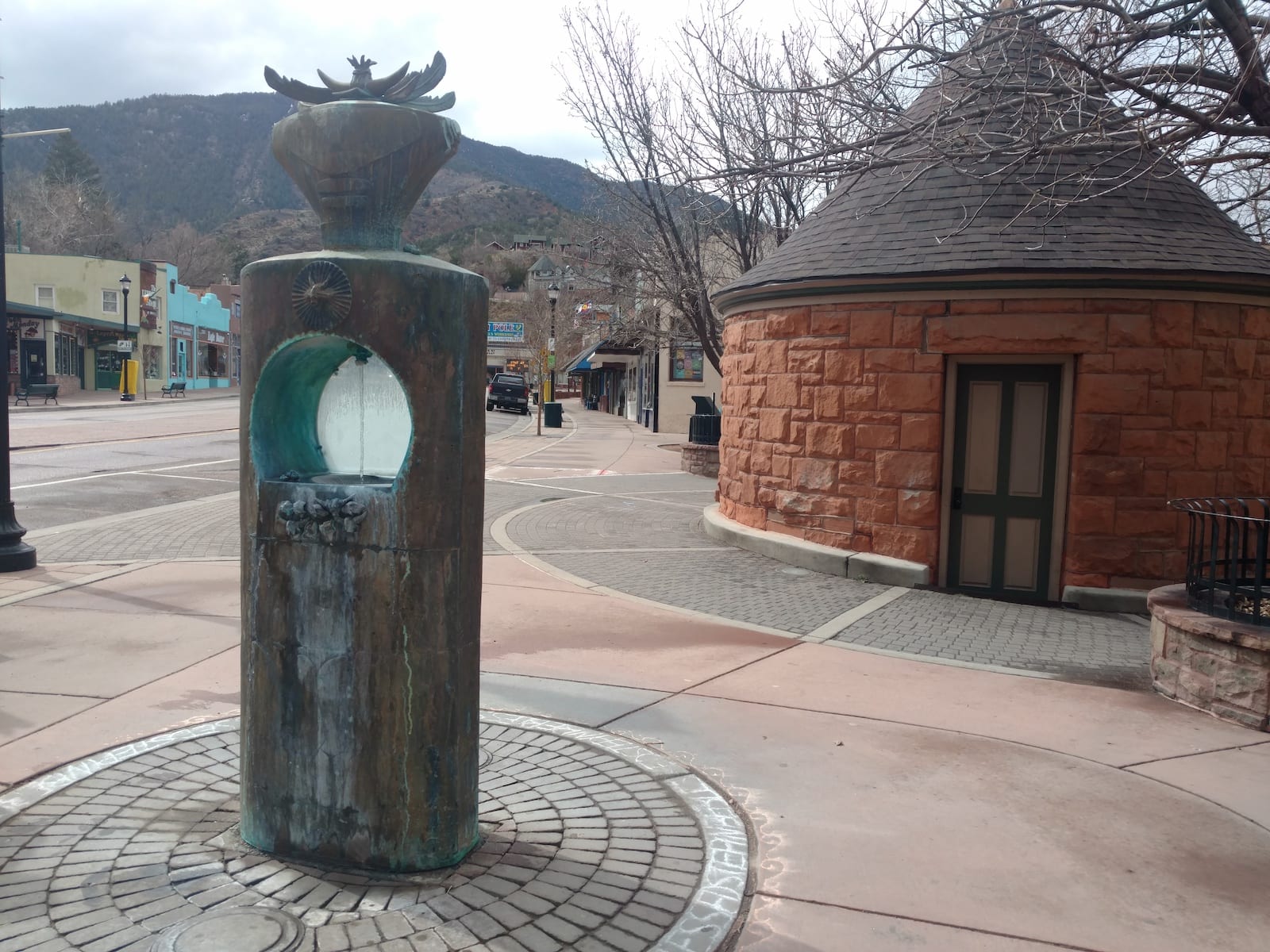
The fourth stop on your walking adventure will be Cheyenne Spring, its fountain located in the middle of the sidewalk. Cheyenne is a sweet soda spring and arguably tastes the best of the mineral springs in town.
It’s also one of the oldest in the area, dating back 20,000 years. Its waters are sourced from limestone aquifers located a mile deep within the ground. This spring is among the highest in both magnesium and potassium content, both essential minerals for a healthy body and brain.
In the late nineteenth century, Cheyenne Spring was part of a larger park that encompassed the other surrounding mineral springs. These included the Navajo, Cheyenne, Shoshone, and Manitou Springs (which is now part of Sunwater Spa).
In the 1890s, the spring house as it stands today was built by the Manitou Mineral Water Company using rock from the nearby Red Rocks Open Space and Kenmuir Quarry. The Manitou Mineral Water Company claimed to be the first in the world to use naturally emitted gas to carbonate its drinks, and the legacy of its delicious water still stands today.
Take a taste of this sweet soda spring, and you’ll understand why people love the flavor.
5. Wheeler Spring
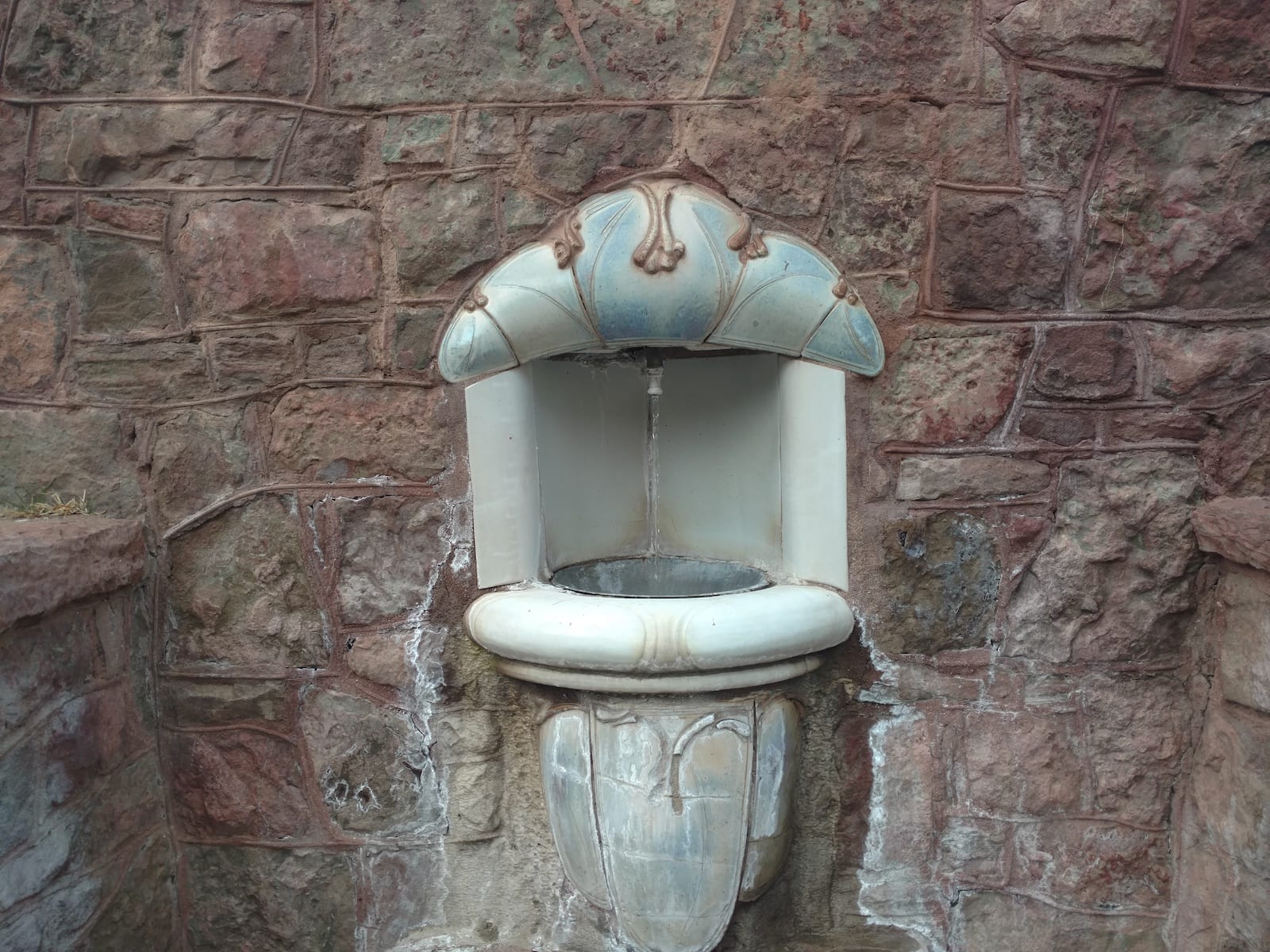
Head on over to Park Avenue, just a few steps across the creek, to see Wheeler Spring. Jerome B. Wheeler is another historical figure that many Coloradans should be familiar with. Not only was he essential to Aspen’s beginnings as a resort destination, but he was also monumental in Manitou Springs’ history as well.
While walking around town, it’s easy to see many of the landmarks he was responsible for creating, such as the Wheeler Clock and Manitou’s first bank. The Wheeler Spring itself was created in 1920 by Wheeler’s son-in-law, and it sits on the edge of his historic Windermere property.
The Cliff House is just across the street from this spring. In the early twentieth century, it was a daily stop for many of the hotel’s guests.
The current font was created by Randy Bowen, a local pottery artist, and in 1989 the spring was restored to regulate the flow. Wheeler Spring is high in copper, and its taste is unique even if you’re not looking for the health benefits it provides.
6. Stratton Spring
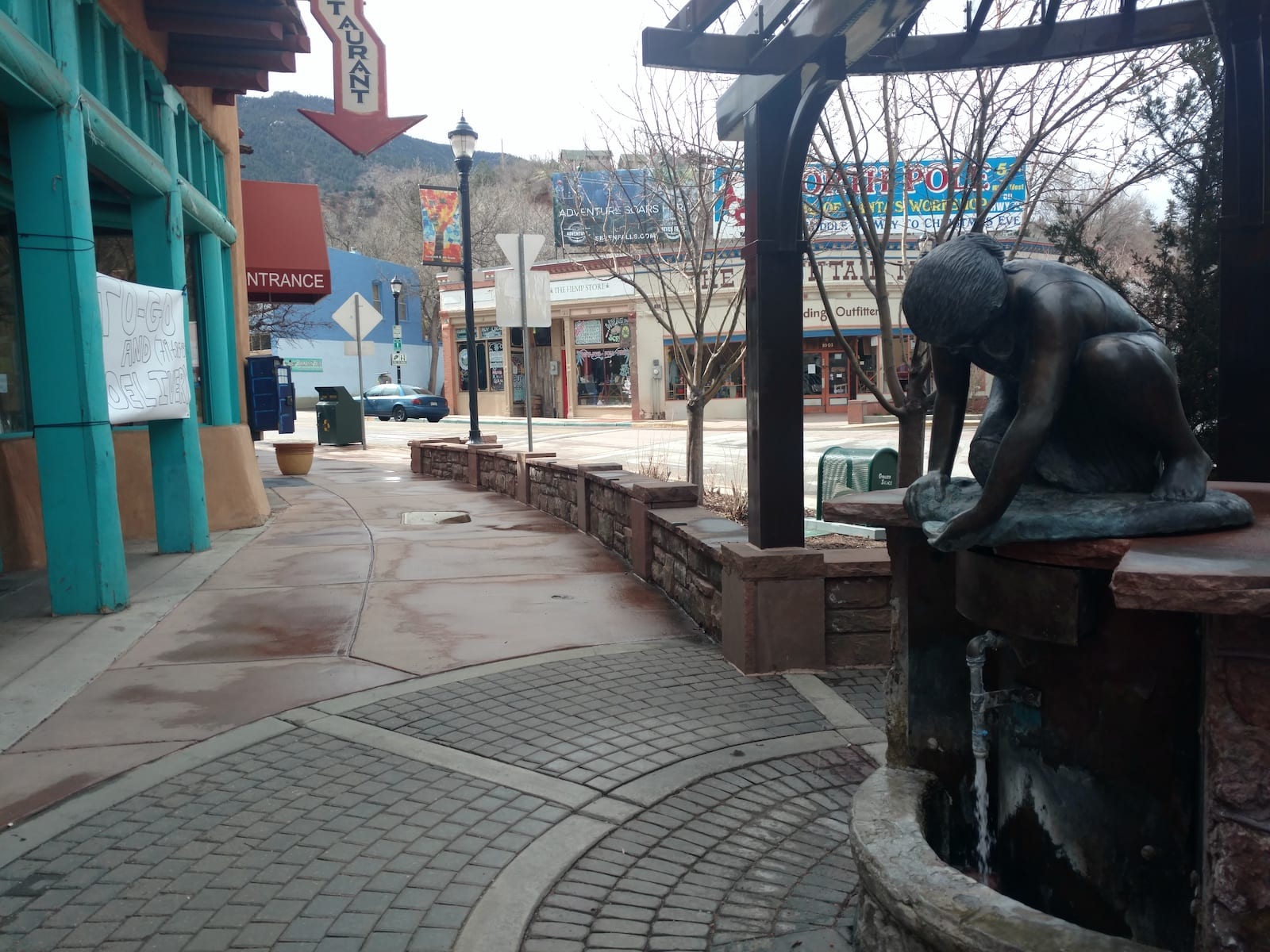
Winfield Scott Stratton may not be as well-known as some of the other figures who helped to build Colorado Springs into what it is today, but this gold-mining streetcar mogul is commemorated today with a fast-flowing spring named in his honor.
Located at the “Loop”, an old turnaround for the trolley system that Stratton helped innovate, Stratton Spring was drilled by the Stratton Foundation in 1936 to memorialize this giant’s legacy. At a depth of more than 200 feet, this well of carbonated soda water was struck, flowing quickly at more than 20 gallons per minute.
Fred Darpino (who also created “The Pumpkin Man” and many other iconic sculptures) helped to create the font for this spring, crafting a “maiden of the water” to sit atop the spring as it flows. Today, this spring remains a delicious and fast-flowing reminder of how Stratton helped Colorado Springs and Manitou to grow.
7. Twin Spring
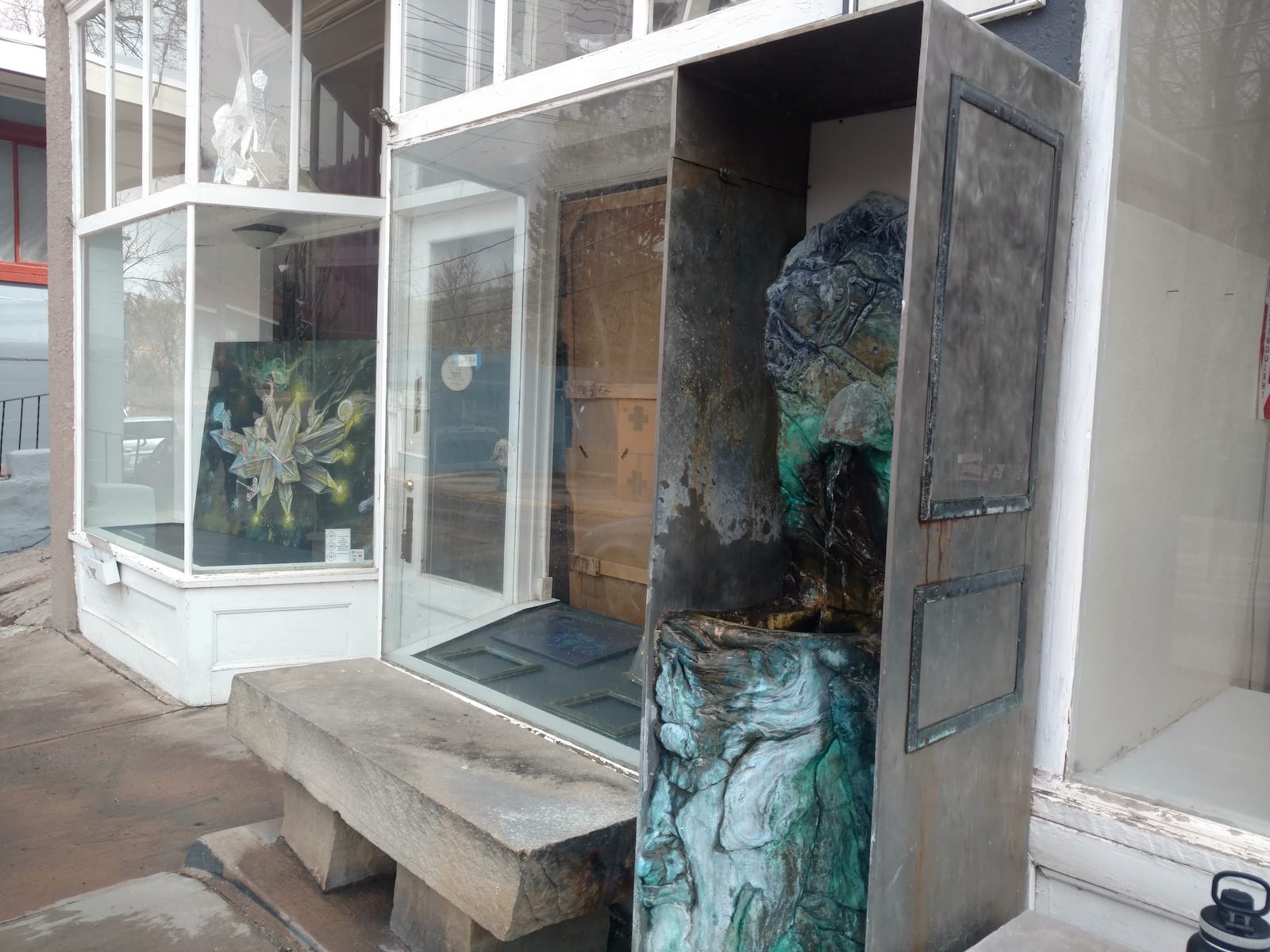
Twin Spring is the spring of many names, but one thing that hasn’t changed is its incredible flavor. Located just a few blocks up Ruxton Avenue from Stratton Spring, it was drilled in the early 1920s by William S. Crosby and originally began as two springs whose waters merged into a single flow.
The sweet waters of Twin Spring were popular in making lemonade (Manitou Lemonade and Manitou Mojitos), owing to the strong flavor enhanced by the high calcium and potassium content.
Today, residents of Manitou still flock to this spring and enjoy tasting its delicious offerings. Why head over to the grocery store to buy sparkling mineral water when you can head straight to the source?!
8. Iron Spring Geyser
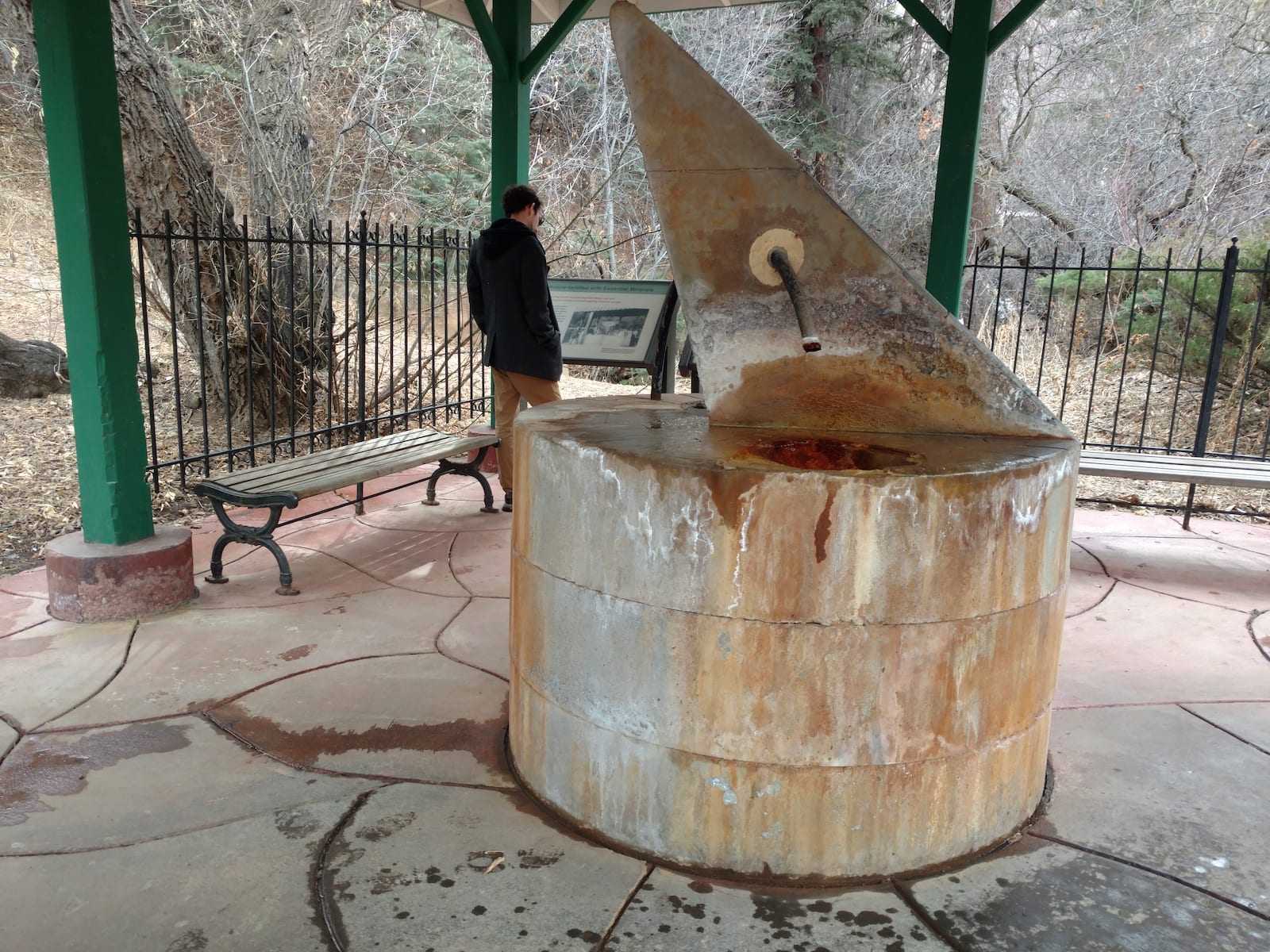
The last stop on your mineral spring tour is located up Ruxton Avenue, uphill from Twin Spring. Iron Spring Geyser takes advantage of the iron-rich waters of the upper Ruxton Creek. In 1910, Joseph G. Hiestand, an ambitious man of many talents who took advantage of several early business opportunities in Manitou, drilled the spring.
Even before the drilling of this spring, the waters of the upper Ruxton Creek were known as “The Strongest of Tonics” and were prescribed by physicians for iron deficiencies and other ailments. For those who sought refuge in Manitou for the health benefits of these waters, this was a daily stop to taste the healing waters.
Mr. Heistand’s structure still stands today and may be among the oldest constructions sheltering a mineral spring in Colorado. Even if you’re not suffering from an iron deficiency, this spring water will be a great flavor to round out your tour of Manitou’s mineral waters.
Other Outdoor Fun in the Pikes Peak Region
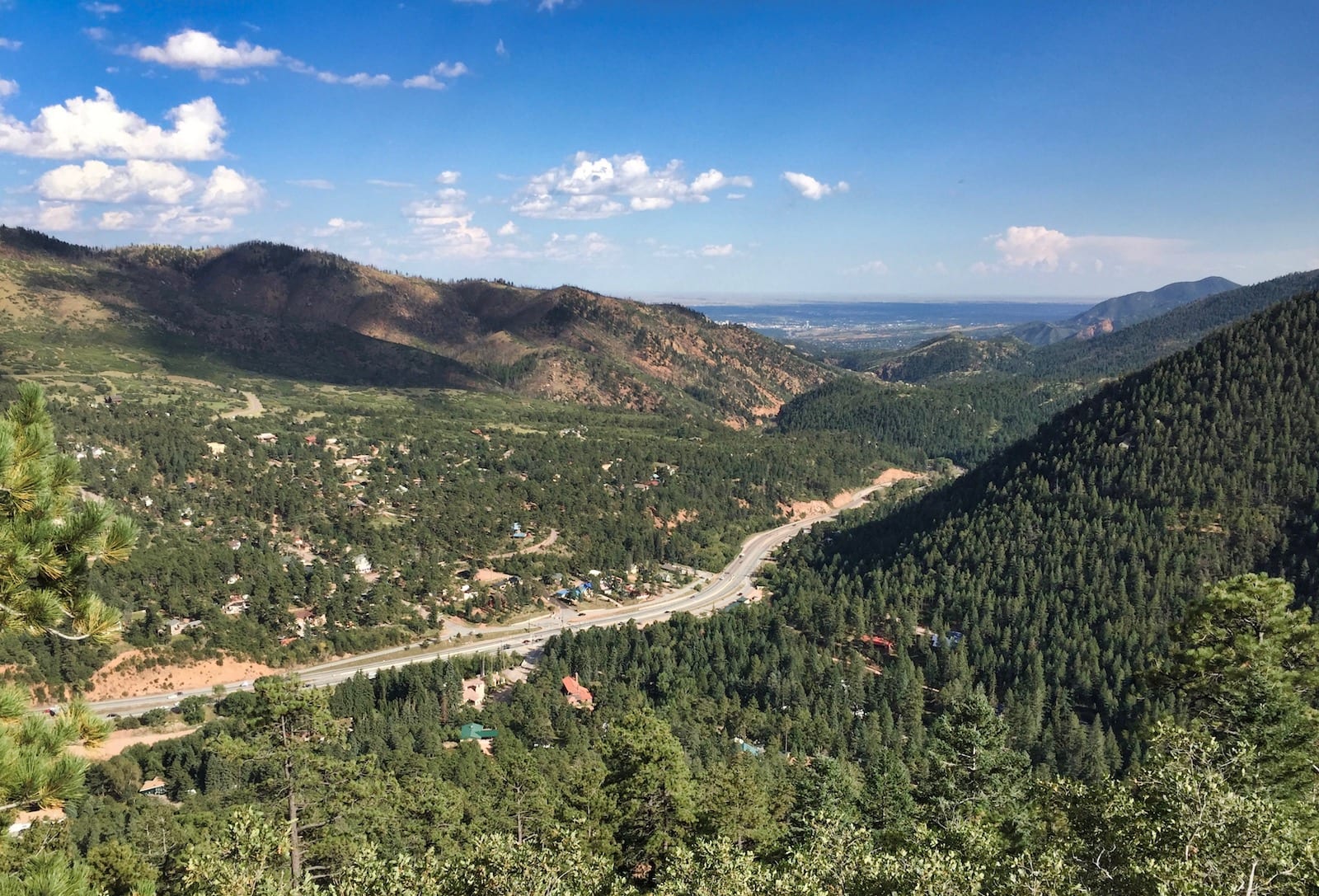
If you’re fortunate enough to experience one of Manitou’s many sunny, temperate days each year, there’s no point in staying inside and letting all of that Vitamin D go to waste. In addition to strolling down Manitou’s main streets and tasting each of the unique mineral springs, there’s a host of other outdoor activities to make your visit to the Colorado Springs area even more fun.
For those who enjoy art and want to learn more about the culture of The Springs, take a self-guided tour of the spectacular outdoor sculptures in the area. Most are located around downtown, others require your automobile to reach.
If you’re short on time, we’ve curated a few one-day itineraries to give you some cool ideas for your next trip. Whatever flavor of fun you’re on the hunt for, you’ll find it in the mountainous beauty of Manitou and Colorado Springs.

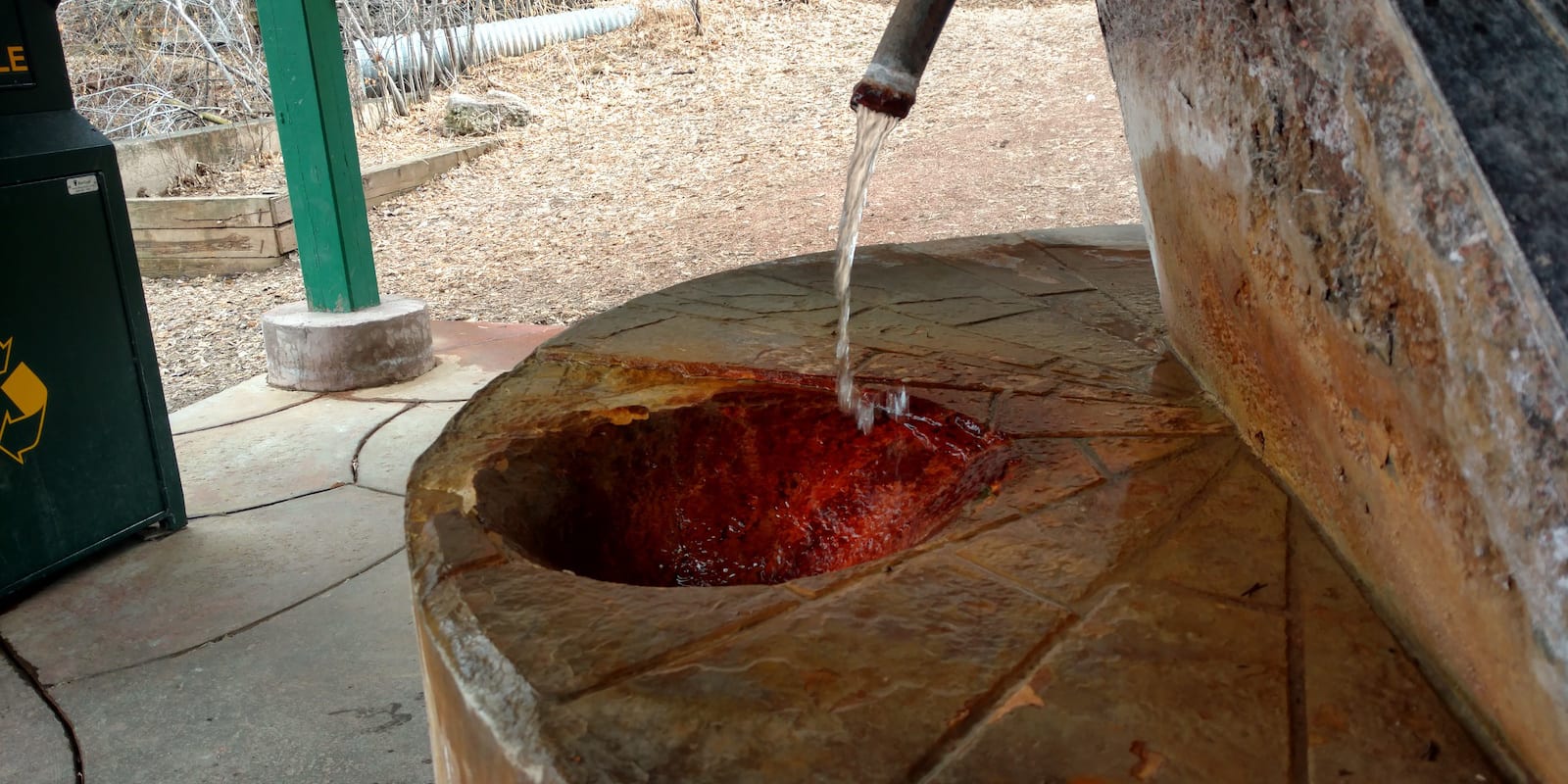
 11 Fishing Spots Close to Fort Collins
11 Fishing Spots Close to Fort Collins